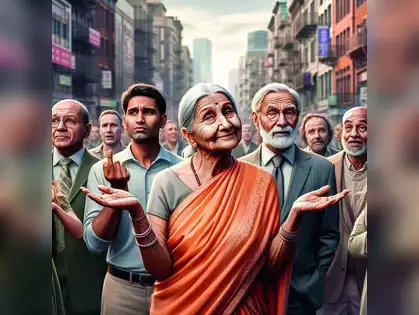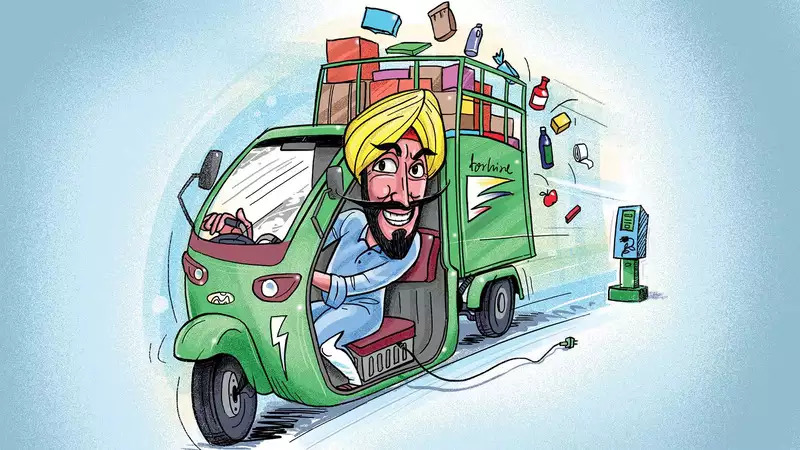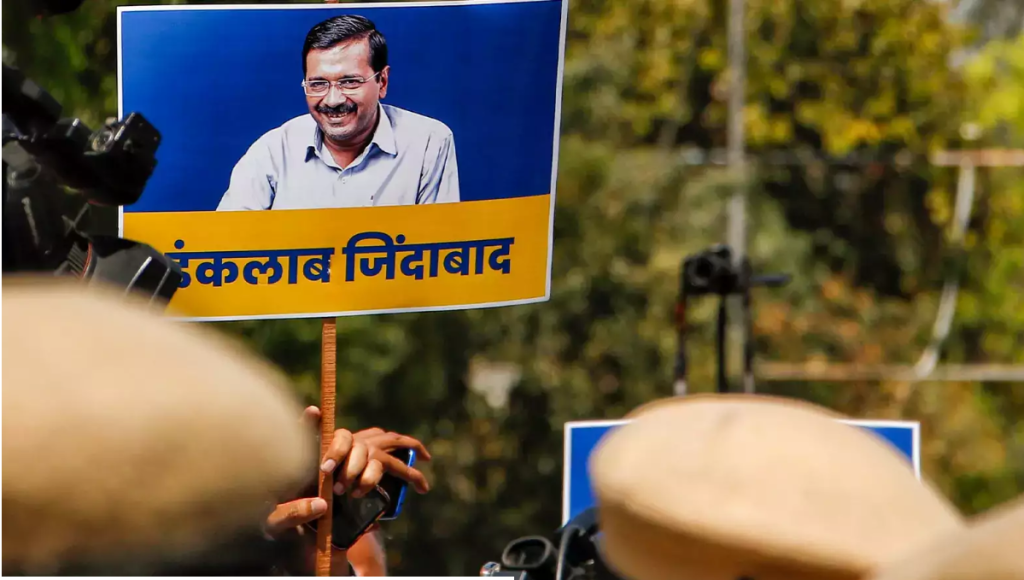India has gone from nuclear pariah to recognised nuclear power. That is the upshot of the decision of the Nuclear Suppliers Group to bend its rules for India.
Till now, the NSG recognised only two kinds of countries, the haves (the five traditional nuclear powers) and the have-nots. Now, a new category has been created for India alone.
This recognition of India as a potential great power has been won not by India’s nuclear feats but by its economic and political ones. India is the only democracy in history to grow at 9% per year for five years.
This has ended, once and for all, the notion that democracies cannot be miracle economies. It has convinced the world that India is a potential great power, combining liberal political values with economic clout.
But will the Bush-Manmohan agreement go down as a major historical milestone? I have my doubts. It may turn out to be only a minor milestone. Both the supporters and opponents of the nuclear deal have engaged in gross exaggeration.
Sonia Gandhi will tell voters in the coming election campaign that nuclear power will supply electricity to millions of villagers without power today. This illustrates the old principle that an election campaign should tell the public feel-good stories, not facts.
The facts can be discussed at a post-poll seminar, but election messages must be simple and uplifting, whether accurate or not.
This is as true in the United States as in India. All US politicians seek energy independence for their country. This is an economic impossibility, but has been a constant theme in presidential campaigns since the oil crisis of 1973, despite 35 years of demonstrable impracticability.
The future of Indian nuclear power is uncertain. Some experts believe that by 2030 or 2040, India will run out of coal and gas, that renewable energy will meet only a tiny fraction of our needs, and that nuclear power will be the only long-term saviour.
This is plausible, but not inevitable. Technological change has constantly produced welcome surprises through history. Technological breakthroughs make provide totally unexpected new solutions. So, while nuclear power may turn out to be a saviour, it may also turn out to be irrelevant.
The nuclear deal will provide modest short-term benefits. Some dual-use technology, hitherto prohibited, will become available to Indian users.
Domestic uranium production has fallen far short of needs recently, so capacity utilisation of India’s 4,120-MW nuclear power capacity is down from 90% in 2001-02 to 54% in 2007-08. Fuel imports are needed not only for existing plants but the new ones being commissioned at Kaiga and Rawabhatta.
Fuel imports will certainly improve India’s electricity generation, but by no more than 1 or 2%. New domestic uranium mines should in any case relieve the current uranium shortage after three years.
So, while nuclear fuel imports are welcome, their contribution must not be exaggerated. Despite imports, power shortages will continue in almost all Indian states.
Besides, the economic viability of nuclear power is far from established. Third-generation nuclear plants being built in Normandy and Finland have suffered from huge cost overruns, and pessimists predict that nuclear power will be prohibitively expensive.
Maybe standardised production and cheap construction in India will make nuclear power viable. But maybe not.
So, the Sonia-Manmohan claim that nuclear power will bring electricity to the rural masses is gross hype. But the objections raised by the opposition parties are gross hype too.
The BJP, the real father of the Indo-US deal, is outraged that the Congress stepfather is taking the credit for it. Brajesh Mishra is honest enough to hail the new agreement. But Advani and Yashwant Sinha pretend that the deal prohibits India from future nuclear testing. Rubbish.
As Abdul Kalam puts it, any country, including India, can test if the circumstances are compelling enough. There will be international penalties, of course, but the penalties will be levied even without a nuclear deal. That was proved conclusively by sanctions imposed after the tests of 1974 and 1998.
The Left Front says India will be hamstrung by the Hyde Act, and will become a junior lackey of the US. Rubbish again. India will import mainly from France and Russia, where the Hyde Act does not apply.
MNCs are anxious to use India as a global production centre for nuclear power equipment. India is a rising power. It has a long way to go, but is nobody’s lackey.
In sum, the main gain from the nuclear deal is symbolic. India has been recognised as a potential great power. But symbolism does not feed empty bellies or provide power to the powerless. We cannot say at this stage whether nuclear power will turn out to be a saviour or an irrelevancy. Both are possibilities.
If indeed nuclear power turns out to be an energy saviour, the Bush-Manmohan agreement will go down in history as a major milestone. But if nuclear power turns out to be a minor or irrelevant energy source, history will view the Bush-Manmohan deal in a very different light.
It will remain a milestone that gave India international recognition as a potential great power. But its practical consequences will be less than historic.
How historic do Americans view this deal as? One yardstick is to see the attention average American readers paid to news of NSG clearance. The news did not even make the front page of the Washington Post. The New York Times’ website listed the most-read foreign news headlines of the day, in the following order:
‘In Destitute Swaziland, Ruler Lives Royally’
‘Conflict Tests Ties Between Georgian and Russian Orthodox Churches’
‘Rescue Slow as Part of Cliff Flattens Cairo District’
‘From the Cuban Underground: a Punk Rocker’s Protest Reverberates’
‘Atomic Club Removes Ban on Trade With India’.
So, while foreign policy experts may view NSG clearance as historic, ordinary Americans do not. Let’s not be carried away by hype.




